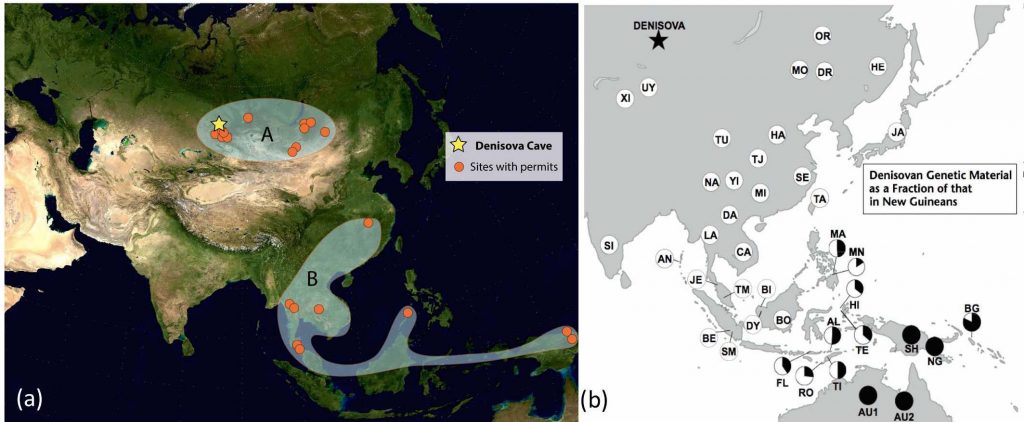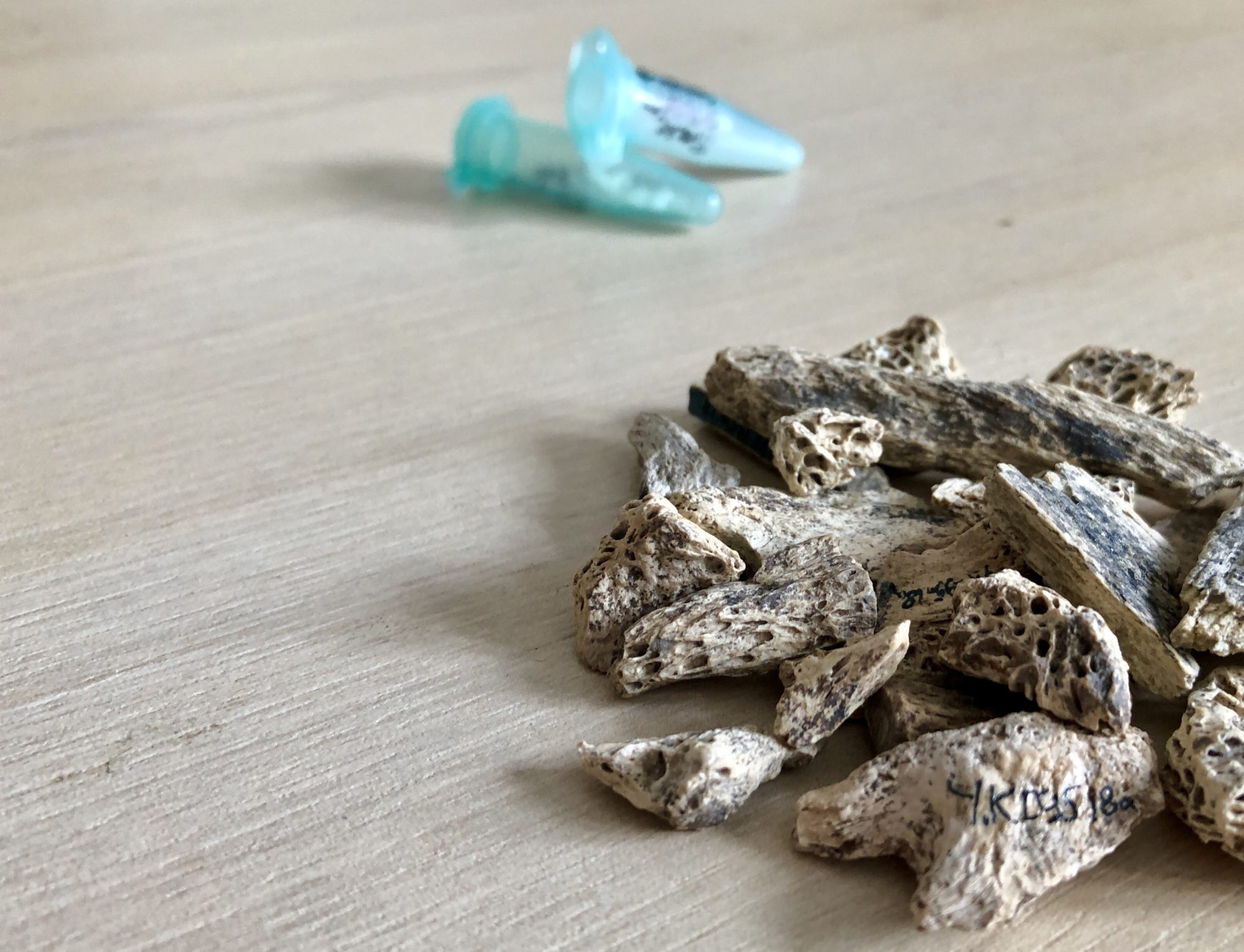The second cluster of sites to be analysed in FINDER covers East Asia (China), southeast Asia (Thailand and Vietnam) and Near Oceania.
This cluster partially coincides with the highest percentage of Denisovan ancestry in modern Asian populations, as identified by Reich and colleagues in 2011) – see figure (b) below. The southern cluster is more challenging in terms of collagen preservation, which is normally poor in the tropics, therefore is higher risk, yet it has the highest potential of a scientific breakthrough. This is because, while Pleistocene material might be the least likely to produce high quality collagen and DNA data, hunter-gatherers in the region persist until quite late. The transition to farming takes place relatively late with the arrival of populations from the north, therefore it is very likely that early Holocene-age Asian fossils will yield important insights into Denisovan and Neanderthal admixture.
In order to mitigate the risks of protein degradation our targeted sites include both Pleistocene and very early Holocene sites that have yielded human fossils already.


